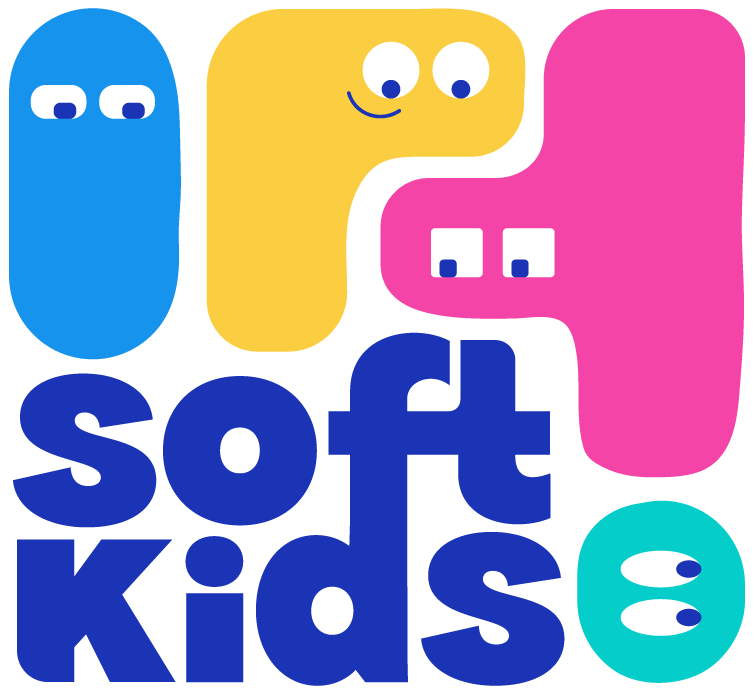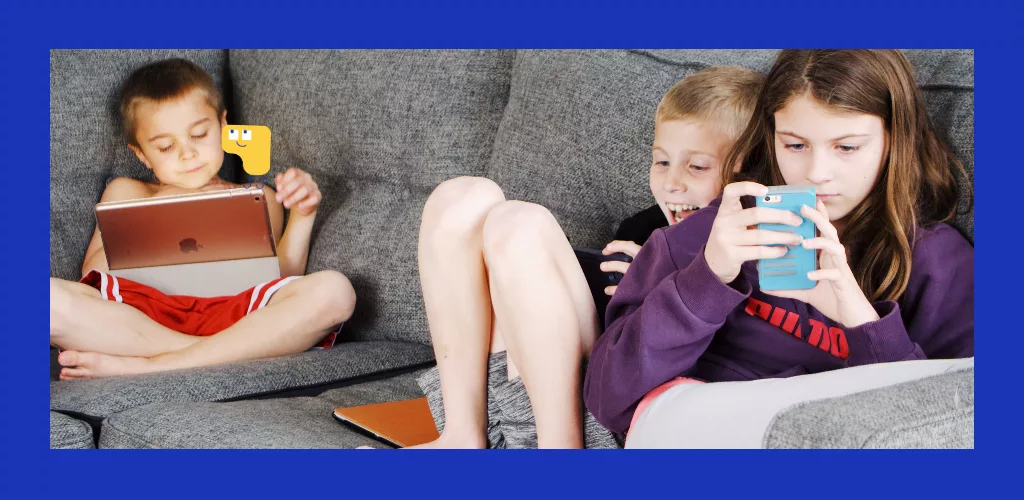Sharenting: should we stop posting photos of children on social networks?
With the rise of social networking, sharing photos of your children has become a widespread habit. Dubbed "sharenting" (a contraction of sharing and parenting), this practice now raises a number of questions.
Publishing moments of family life may seem harmless. However, it can expose children to risks that are sometimes little-known: violation of privacy, misappropriation of images, even child pornography.
So, should we stop posting photos of our children on social networks?
Let's decipher the challenges of sharenting and the best practices for protecting our youngest customers in the digital age.
What is sharenting?
Sharenting refers to sharing photos or personal information about children via social networks.
According to a recent study, 53% of French parents have already published photos of their children. An estimated 43% have done so from birth. By the age of 13, a child appears in an average of 1,300 photos posted online by family and friends.
This practice often stems from a need to share happy moments or show parental pride. But this seemingly harmless gesture can have lasting consequences for the child.
The risks of sharenting
1. An invasion of privacy
By sharing photos online, parents create a digital footprint without the child's consent. This can include sensitive information: name, age, school... This data can be misused.
In addition, as the child grows older, he or she may feel embarrassed or angry about this uninvited exposure. This can affect self-perception and social relationships.
2. Hijacked photos
The most alarming risk is that of images being hijacked for malicious purposes. Studies show that 40% of people who consult online paedocriminal content have subsequently tried to contact children.
Innocently published photos can be downloaded, modified or used without parents even realizing it. The danger is very real.
3. Future repercussions
The digital footprint created in childhood can come back to haunt a child in adulthood. Embarrassing photos or misperceived information could harm their professional or emotional life.
Should we stop posting photos of children online?
It's not necessarily a question of stopping all publication, but rather of thinking before sharing.
Parenting and cybersecurity experts advise limiting publications and always asking: "Could this photo harm my child later on?".
Tips for safe sharing
1. Limit visible information
Avoid giving full names, schools or frequent locations. The fewer the details, the lower the risk.
2. Ask the child's opinion
As soon as he's old enough to understand, ask for his consent. This reinforces his sense of respect and educates him in the notion of privacy.
3. Set up your accounts
Share only with a restricted circle and activate privacy options. Regularly check who can see your publications.
4. Give priority to private sharing
For your loved ones, prefer secure messaging applications or private albums. This allows you to keep those memories in a more intimate setting.
Sharenting: a choice worth considering
Sharenting can expose children to real dangers if practiced without care. However, it is possible to continue sharing, provided we take a step back and act with awareness.
In the end, before you publish, always ask yourself this question:
"Would my child be comfortable with this photo in 10 or 20 years?"
If the answer is no, it's best to abstain.
And if you still have any doubts, we suggest you take a look at the "MERCI" campaign by the Caméléon association.
The Soft Kids team 🌈
To find out more about this topic and discover practical tips for protecting your children's privacy in the digital age, listen to or watch the full episode of Generation Parents.




0 comments